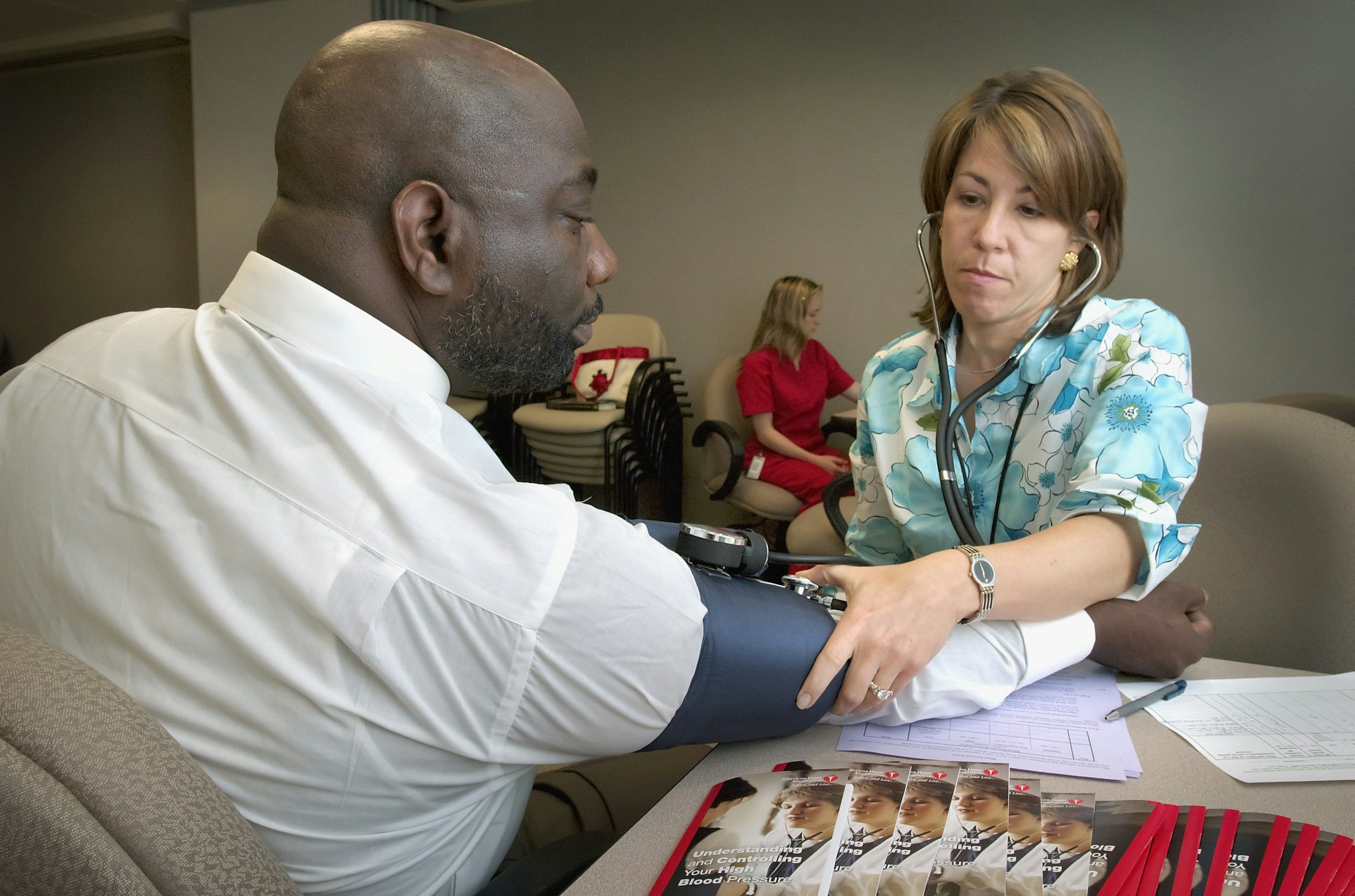
About Hemophilia B
Hemophilia B is the second most common type of hemophilia.
There are approximately 7,000 individuals with hemophilia B in the United States, based on a study examining Hemophilia Treatment Center (HTC) patients from 2012 to 2018 and adjusted to account for those not receiving care at HTCs.
In the U.S., an estimated 29,761 to 32,985 males have hemophilia, with 76.5% having hemophilia A and 23.5% having hemophilia B. Both conditions affect all racial and ethnic groups.
While the number of people with hemophilia is likely higher, current data suggests that women are underrepresented in studies, making it difficult to estimate the prevalence of hemophilia B among females accurately.
What is Hemophilia B?
Hemophilia is a genetic disorder characterized by excessive bleeding due to a deficiency or absence of clotting factors. Hemophilia A and B, the most common types, are caused by defective or missing proteins essential for blood clotting. In hemophilia B, the missing or defective protein is Factor IX. While both hemophilias affect men and women, hemophilia B is primarily associated with males.
Beyond hemophilia A and B, other rarer forms of hemophilia exist, each caused by a deficiency in a different clotting factor. Von Willebrand disease is the most common of these.
While a minor injury might not pose an immediate threat of bleeding to death, the primary danger for individuals with hemophilia lies in internal bleeding. Without treatment, recurrent bleeding into joints, muscles, or soft tissues can lead to severe complications like joint damage or life-threatening internal bleeding. These bleeding episodes often occur spontaneously, without any apparent trigger.
Based on Factor IX levels, Hemophilia B severity is classified as mild, moderate, or severe. Individuals with less than 1% of normal Factor IX levels have severe hemophilia B, characterized by frequent spontaneous bleeding and prolonged bleeding during trauma or surgery. Those with 1-5% of normal levels have moderate hemophilia B, with occasional bleeding episodes and excessive bleeding during procedures. Mild hemophilia B, with Factor IX levels over 5% of normal, typically results in excessive bleeding only during trauma or surgery.
What causes hemophilia B?
Hemophilia B is a genetic disorder characterized by excessive bleeding due to a deficiency or absence of Factor IX, a clotting factor. While primarily associated with males, women can also carry or inherit the hemophilia B gene. Some women with the gene may have low factor levels, leading to bleeding symptoms and a diagnosis of mild hemophilia. Even women with normal factor levels may experience bleeding symptoms if they are carriers.
A brief history of hemophilia B
The origins of hemophilia can be traced back centuries. One of the earliest written references appears in the Mishneh Torah, a 12th-century Jewish legal text, which suggests that excessive bleeding may have been a concern in ancient times.
The legend of the Curse of Tenna, dating back to 1769, provides another early account. A Swiss family afflicted with a severe bleeding disorder was believed to be cursed, and this disorder was later identified as hemophilia B.
Medical recognition of hemophilia as a distinct disease emerged in the 19th century. Early descriptions accurately noted its prevalence among males and its transmission through females. However, the genetic basis of hemophilia, linked to the X chromosome, wasn't fully understood until the early 20th century.
Queen Victoria of England, a carrier of hemophilia B, passed the disorder to her descendants, including Russian, Spanish, and German royal family members.
The distinction between hemophilia A and B wasn't established until the mid-20th century. Both disorders share similar symptoms, making differentiation challenging.
Since then, the history of hemophilia B has been intertwined with advancements in treatment. Early treatments relied on plasma-derived products, which were later refined to address safety concerns like transmission of HIV/AIDS and hepatitis. The development of recombinant factor IX products in the late 20th century further revolutionized treatment, eliminating the risk of disease transmission.
Today, hemophilia B patients benefit from significant improvements in treatment, including prophylaxis and recombinant factor IX products. These advancements have dramatically improved quality of life and life expectancy for individuals with hemophilia B.
Hemophilia B Resources
World Federation of Hemophilia
The World Federation of Hemophilia (WFH) is committed to bringing the bleeding disorders community together in the name of Treatment for All. This commitment is especially important during the COVID-19 crisis. The WFH deeply believes that where you live should not determine your access to care and treatment for an inherited bleeding disorder.
LEARN MORE
National Hemophilia Foundation
The National Hemophilia Foundation (NHF) is dedicated to finding cures for inheritable blood disorders and to addressing and preventing the complications of these disorders through research, education, and advocacy enabling people and families to thrive.
LEARN MORE
Hemophilia Federation of America
Hemophilia Federation of America is a national nonprofit organization that assists, educates, and advocates for the bleeding disorders community.
LEARN MORE
National Organization for Rare Disorders (NORD)
NORD, a 501(c)(3) organization, is a patient advocacy organization dedicated to individuals with rare diseases and the organizations that serve them. NORD, along with its more than 300 patient organization members, is committed to the identification, treatment, and cure of rare disorders through programs of education, advocacy, research, and patient services.
LEARN MORE
LA Kelley Communications
LA Kelley Communications was founded in 1990 with the belief that any individual facing hardship, adversity or challenges–when given the right tools–can overcome, triumph, and even grow stronger in character and confidence.
LEARN MORE
Women and Girls with Hemophilia
Let’s Talk Period aims to increase awareness of the signs and symptoms of bleeding disorders. Through her internationally recognized research program at Queen’s University, Dr. James, Hematologist at Kingston Health Sciences Centre, and her team have developed a self-administered bleeding assessment tool (Self- BAT) that will help inform people about their bleeding and guide them toward the help they need.
LEARN MORE
